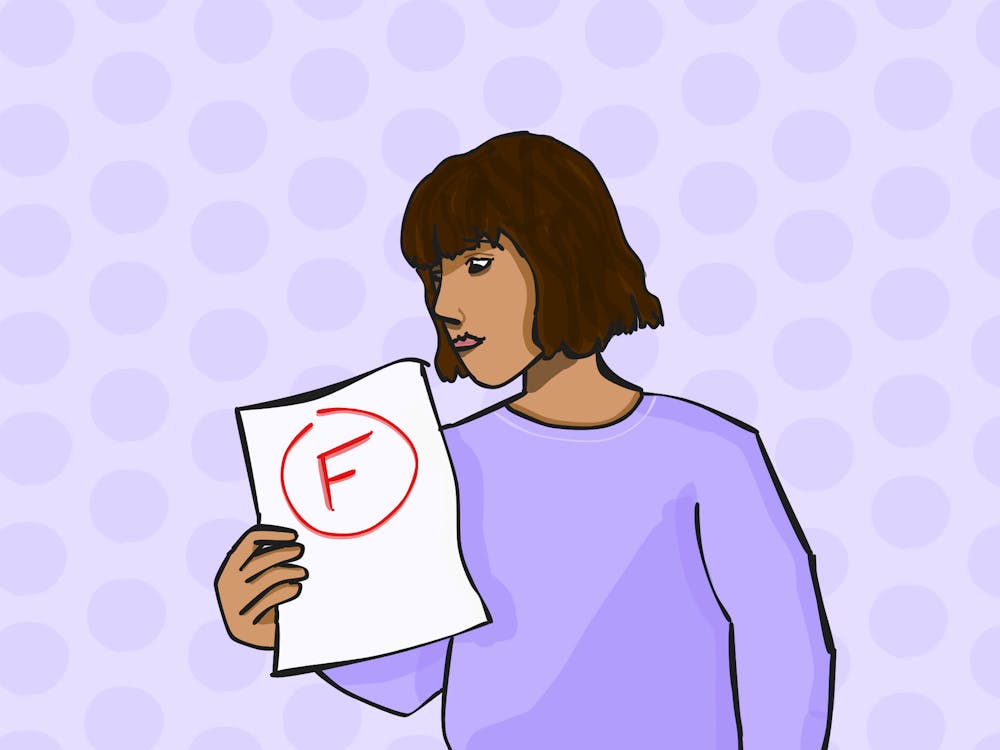"How many of you have made or looked at your own personal balance sheet?" Prof. Broome asked. The class giggled. No hands went up. The professor plowed defiantly forward, informing us that he kept a personal balance sheet for his family and that we should, too. I was not surprised that so few students had been keeping tabs on their finances, but I was taken aback by the laughter, which seemed to suggest it was a silly idea. What is silly is that so many of us do not maintain personal balance sheets - because it is incredibly simple.
I realized two important points in class. First, it is critically important to understand the big picture. The professor's question pulled me back from the specifics of accrual accounting to the more fundamental question of why balance sheets matter. In our personal finances, it can be easy to get lost in the details. Second, I realized that a column explaining balance sheet basics could be useful for readers of The Cavalier Daily. What follows will give you an overview of the great benefits of a personal balance sheet and some tips and resources that should illustrate how easy it is to create one.
Balance sheet: your financial state of the union\nOnce a year, the president gathers Congress and reports to America on the state of the union. Your balance sheet is like your personal, financial state of the union. With it, you can know how close or far you are from your financial goals. The balance sheet can also be used to measure your progress toward said goals.
Specifically, your balance sheet shows you the size of your assets and debt. You can use it to directly identify whether you have a sufficient cushion for emergencies (ideally three to six months of expenses), how much you have saved for retirement (hopefully you have started) and how much debt you have (possibly a lot). If you have specific accounts set up to help you save for a particular financial goal (e.g. a wedding account or down payment account), then you can see how close you are to reaching that particular goal.
How to build a balance sheet \nA personal balance sheet is simply a table of (1) the things you own that are valuable (your assets) and (2) what you owe (your debts/liabilities). Your net worth is simply the difference between them. Math-oriented people may find it helpful to think about the balance-sheet equation: Assets = liabilities + personal net worth.
To create your balance sheet in four simple steps:\n1. Make a list of all your valuables. This should include everything you own that you could convert into cash if necessary. These are your assets.\n2. Make a list of all your debts. These are your liabilities.\n3. Categorize your lists. I would suggest dividing assets into at least three categories: current assets, investment assets and personal use assets. Current assets are liquid, like cash and your savings and checking accounts. Investment assets are those you have primarily because you think they will appreciate (increase in value) with time






